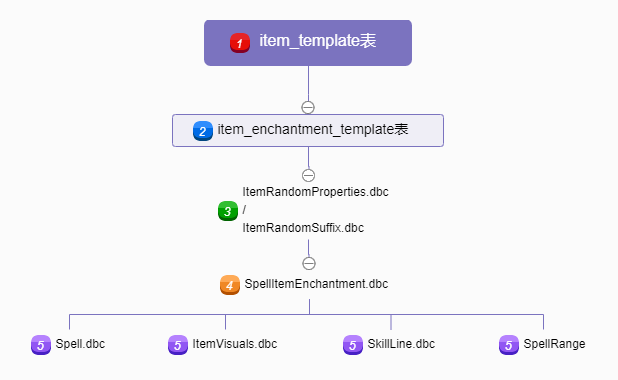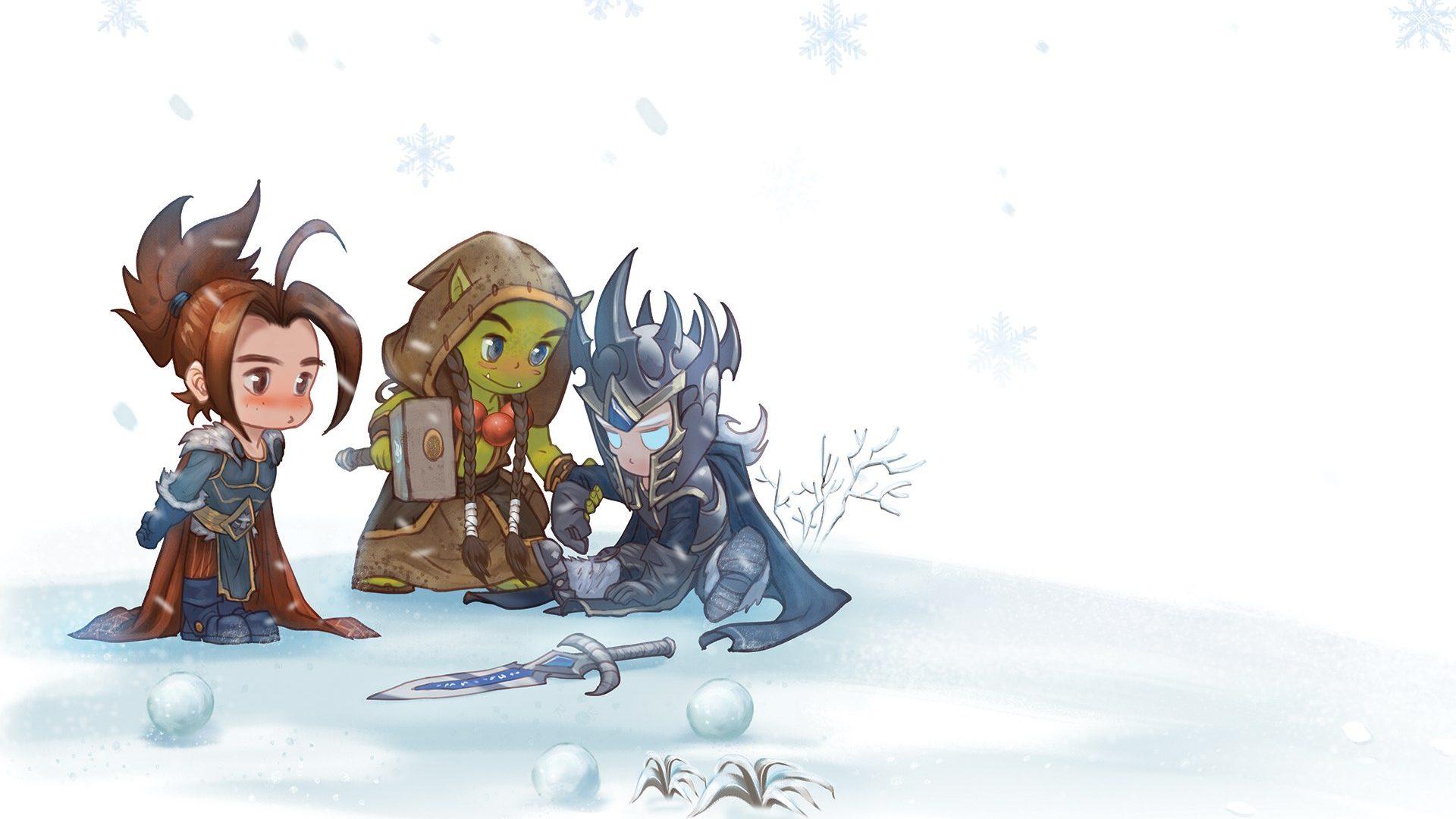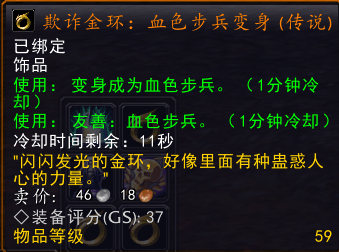The Rise of Go Clash: A New Era in Mobile Gaming
In 2016, Supercell’s Clash of Clans was still reigning supreme as one of the top-grossing mobile games globally. However, that same year marked the launch of a new challenger, Go Clash . Developed by Pixonic Games and published by go-clash.com IGG Inc., Go Clash quickly gained traction in the mobile gaming market with its unique gameplay mechanics and visually appealing graphics.
As a relatively new entrant into the competitive landscape of mobile gaming, Go Clash ‘s success can be attributed to several key factors. One of the primary reasons for its popularity is its distinct blend of strategy and role-playing elements. Players are tasked with building and upgrading their village, recruiting troops, and battling against other players in real-time. This combination of base-building, resource management, and combat has proven to be a winning formula.
From Traditional Gaming Communities to Social Hubs
The emergence of Go Clash as a major player in the mobile gaming industry highlights significant shifts in gaming culture. The game’s ability to tap into existing social networks and create new ones demonstrates a crucial aspect of its success: its role as a social hub. By providing players with an opportunity to collaborate, trade resources, and engage in multiplayer battles, Go Clash fosters an environment that transcends traditional notions of gaming communities.
Historically, online gaming has been characterized by fragmented communities built around specific games or platforms. Players would typically form connections within their own game’s ecosystem before venturing out into other areas of the internet to connect with fellow enthusiasts. However, as mobile gaming continues to dominate the market, the distinction between social and gaming spaces is blurring.
Go Clash exemplifies this phenomenon by integrating social networking features directly into its gameplay mechanics. The game encourages players to join or create clans, engage in cooperative battles, and share resources with others. This creates a dynamic environment where gamers can interact, collaborate, and establish relationships beyond their individual online profiles.
From Casual Players to Serious Gamers: Exploring the Demographics of Go Clash
To fully understand the impact of Go Clash on gaming culture, it’s essential to examine its player demographics. Available data suggests that the game has attracted a diverse range of players, from casual gamers looking for a social experience to more serious enthusiasts seeking competitive challenges.
A key aspect of Go Clash ‘s success lies in its ability to cater to both types of players. For those interested in exploring the game’s strategic depth and cooperative gameplay, Go Clash offers engaging experiences that require skill and strategy. Conversely, casual gamers can participate in a variety of activities, such as participating in clan wars or competing in tournaments.
This inclusivity has allowed Go Clash to establish itself as a social hub for players across different levels of gaming expertise. As the game continues to grow in popularity, its impact on gaming culture is evident: it’s no longer necessary for gamers to confine themselves within specific communities; instead, they can participate in a variety of contexts that cater to their individual needs and preferences.
From Game Development to Community Engagement
The emergence of Go Clash raises important questions about the evolution of game development and community engagement. No longer is it sufficient for game developers to simply focus on creating engaging gameplay mechanics or impressive graphics; rather, they must consider how these elements will interact with their target audience and contribute to a larger cultural landscape.
In this regard, Go Clash ‘s success highlights the importance of incorporating social features and multiplayer capabilities into modern games. By acknowledging the increasingly social nature of gaming culture, game developers can create more immersive experiences that resonate with players on multiple levels.
Furthermore, Go Clash demonstrates how mobile games can provide a platform for community building and engagement. Rather than simply serving as a solitary experience, these games have become gateways to shared experiences, fostering connections between players through social features, multiplayer battles, and collaborative gameplay.
Social Capital in the Digital Age
Go Clash ‘s influence on gaming culture also underscores the significance of social capital in online communities. As players engage with one another, share resources, and collaborate on shared objectives, they accumulate social capital – a type of intangible value that enables them to build relationships, establish trust, and leverage collective effort.
Social capital has long been recognized as an essential aspect of traditional community building; however, its relevance in online spaces is only now being fully understood. Go Clash illustrates the importance of integrating social elements into online communities, enabling players to transcend individual identities and participate in collective experiences that enrich their overall gaming experience.
Conclusion: The Lasting Impact of Go Clash on Gaming Culture
As we reflect on the rise of Go Clash , it becomes clear that this mobile game has left a lasting impact on gaming culture. Its role as a social hub, its ability to attract diverse demographics, and its pioneering use of social features have all contributed to a broader shift in how gamers interact with one another and engage with games.
As we move forward in the digital age, it’s essential to acknowledge Go Clash ‘s significance in shaping gaming culture. Its innovative approach to game development has paved the way for future mobile games to prioritize community engagement, social features, and multiplayer capabilities – cementing its place as a pioneer in this emerging landscape.

 GSWXY
GSWXY














最新评论
看看都有什么好东西
let's go
学习一下
学习一下
还能评论吗
6666666666666666
cccccc测试看看
学习一下